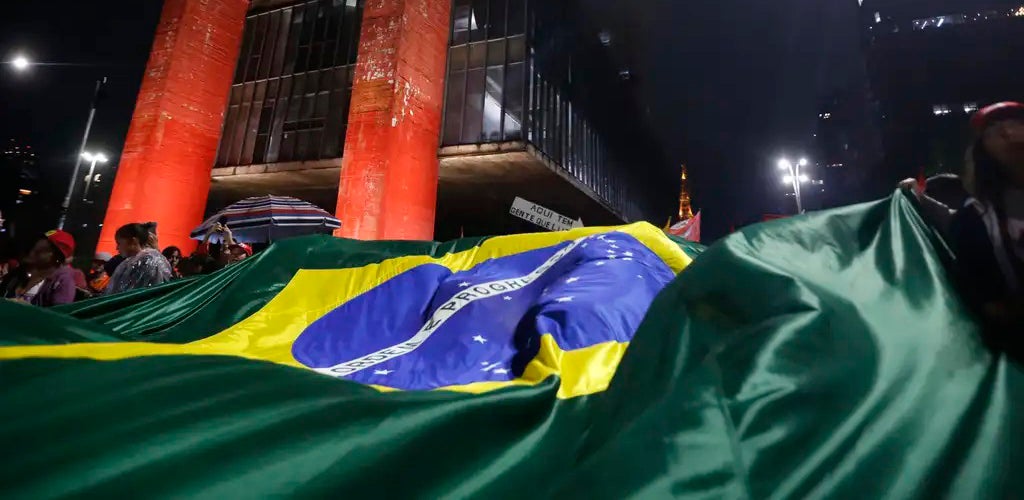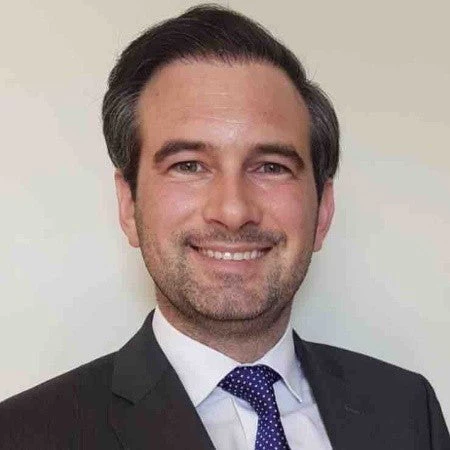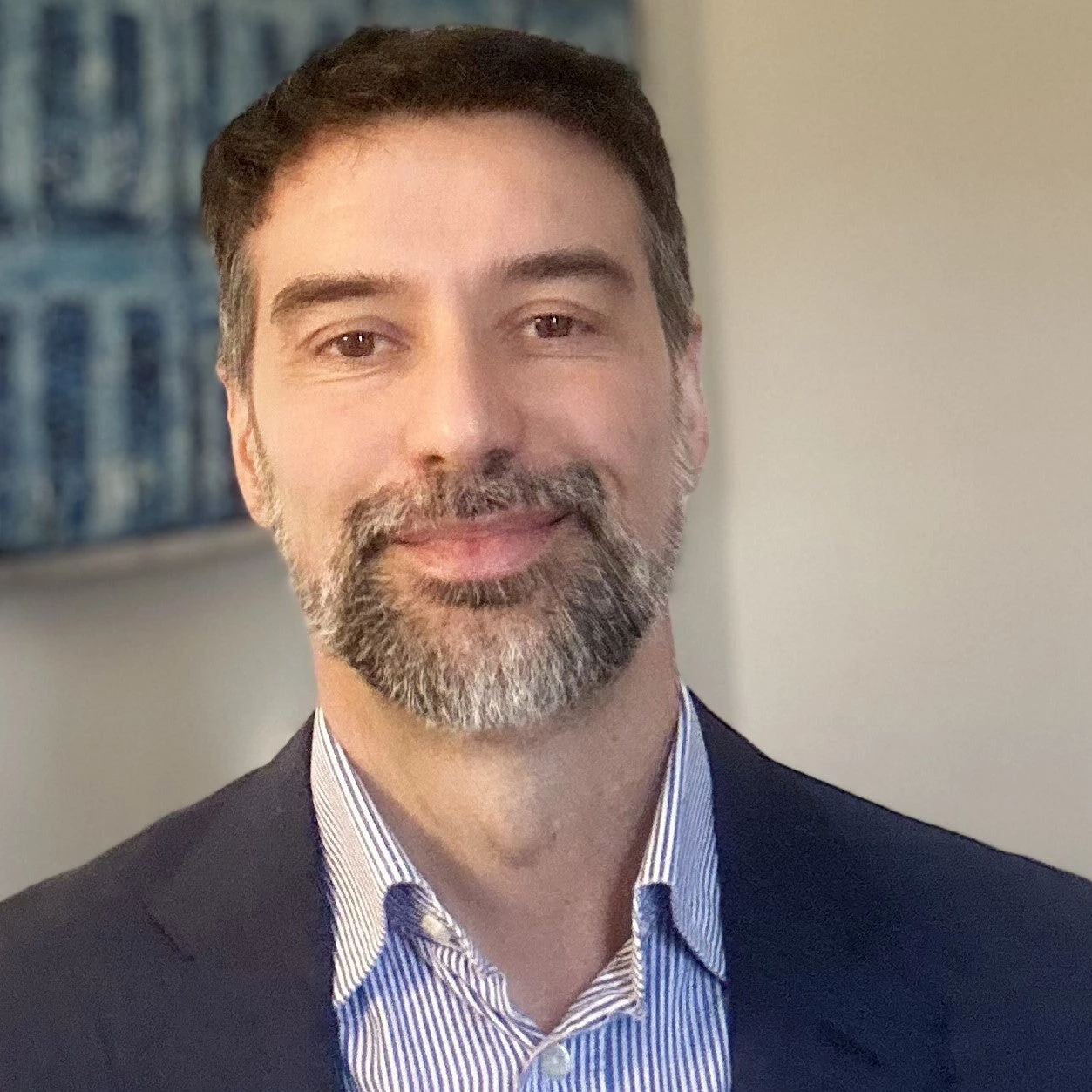 Brazilian flag in front of the Art Museum of Sao Paulo (MASP)
Brazilian flag in front of the Art Museum of Sao Paulo (MASP)
Lately, Brazil advanced critical reforms such an overhaul of the tax system and assumed its global leadership role on the green agenda, which are great news. However, there are also concerning signs of structural challenges confronting the country: A record heatwave stretching the energy grid and devastating drought in the western Amazon have turned the global climate crisis into a grim local reality. Brazil’s recently released 2022 census shows that demographic change is proceeding at an accelerated pace. Solid GDP growth this year is driven mostly by record output of the country’s agricultural sector, with little evidence of productivity growth in other sectors.
When thinking of Brazil’s future, we must think about how the country will manage the new global megatrends that are upon us : climate change, demographic aging, innovation and automation under the Fourth Industrial Revolution (4IR). These trends represent threats (like droughts), challenges (like rising pressure on spending for elderly care, a slowing demographic dividend, and some job losses due to automation), as well as opportunities (ranging from technological solutions to opportunities from green markets and green finance).
Of course, Brazil’s future is shaped by its past and present. Brazil’s high levels of inequality can be traced back to colonial times, institutions of exclusion that link back to period of slavery, dictatorship, and the building of an institutional social contract that remains fragmented and favors insiders (such as formal workers) over outsiders (such as informal workers). As aptly impressed by the Brazilian musician Seu Jorge, the economic and social realities faced by Brazilians are in fact “many Brazils”.
In our recent report “The Brazil of the Future”, supported by a comprehensive background report, we explore how policy can build a virtuous circle toward productivity, inclusion and sustainability.
Which policies are needed to create a brighter future for all Brazilians? We think 6 areas are key :
- raising productivity in the private sector to boost growth in an environmentally sustainable way;
- preparing Brazil’s education system for closing the gap between skills and jobs;
- strengthening the relevance and sustainability of social protection systems for future challenges;
- reshaping today’s limited fiscal policy space in line with long term priorities;
- improving access to infrastructure services; and
- building a more equitable and efficient tax system.
In 2042, Brazil will turn 220 . Together, these policies contribute to a virtuous cycle that will turn the country’s vast diversity, the “many Brazils”, from a source of division into a source of strength through a much stronger social contract; it will help the country seize the opportunities from megatrends while limiting the downside risks. It will make Brazil more prosperous, more equitable, and more sustainable.
Let’s get ready for a better future today.





Join the Conversation